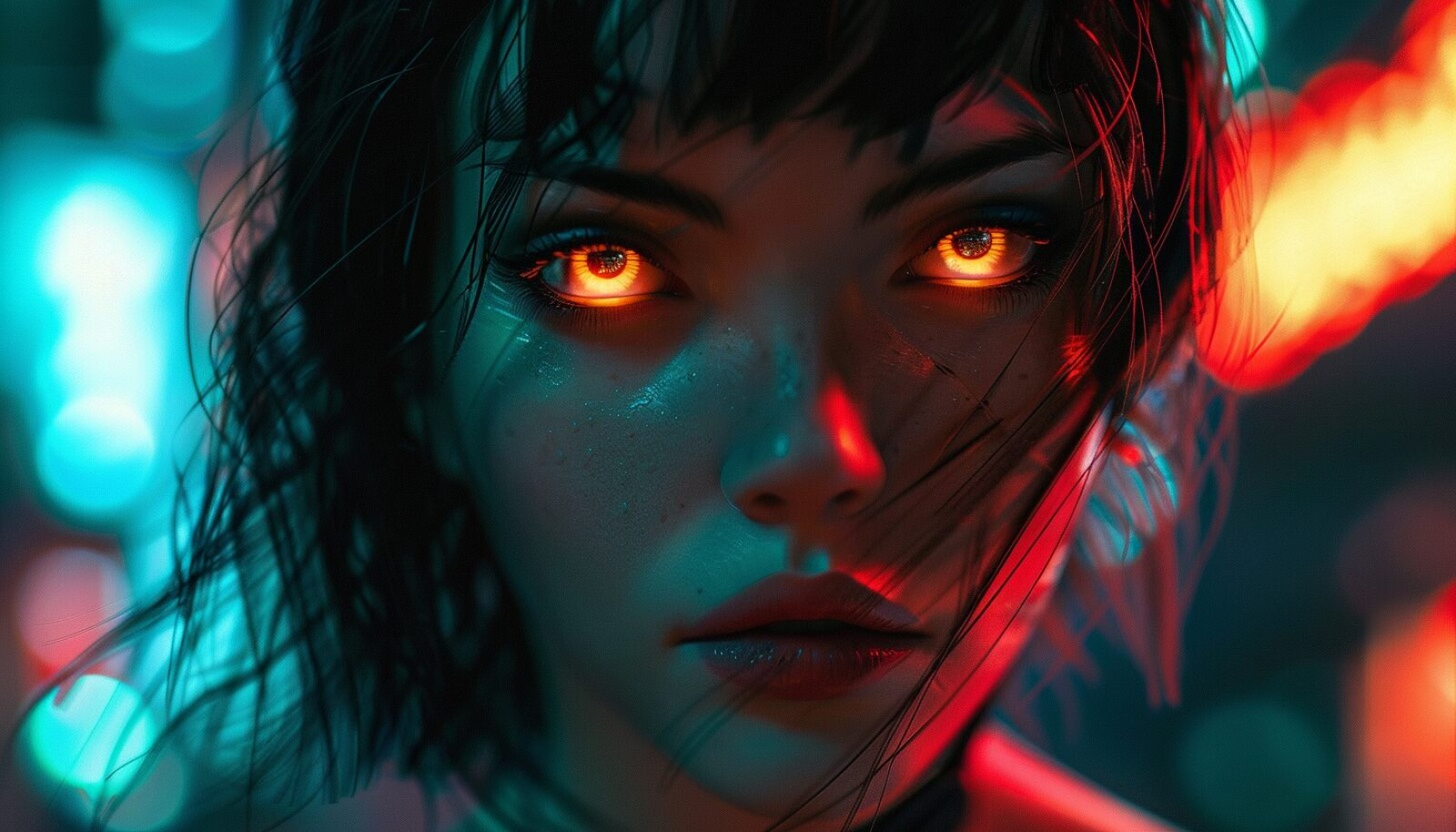
Sophia Hashford
OpenAI’s Sora: Revolutionizing Video Creation with AI

OpenAI has consistently pushed the boundaries of artificial intelligence, and its latest innovation, Sora, is no exception. Sora is an advanced AI tool that translates text prompts into high-resolution videos, representing a significant leap forward in generative AI. This article delves into the mechanics of Sora, its capabilities, potential applications, and the implications for the future of digital content creation.
Understanding OpenAI’s Sora
Introduction to Sora: Sora was developed to address the challenge of converting ideas and concepts into visual content. By allowing users to generate videos from natural language descriptions, Sora democratizes video production, enabling even those with minimal technical skills to create compelling visual stories.
Generative AI and Video Synthesis: Sora leverages a deep learning framework similar to large language models (LLMs) like GPT-3. It uses a vast dataset of text-video pairs for training, enabling it to learn the relationships between descriptive language and visual elements. This training allows Sora to understand and generate videos that accurately reflect the input prompts.
How Sora Works
Diffusion Modeling: The core of Sora’s technology is diffusion modeling, a process that starts with a noisy visual canvas and refines it into a coherent video based on the provided text description. This method incrementally reduces noise, adds details, and organizes elements to align with the prompt, resulting in a sequence of images that form a video.
Training Data: The effectiveness of Sora’s video generation capabilities is closely tied to the quality and diversity of its training data. By exposing Sora to a wide array of text-video combinations, it gains the foundational knowledge needed to produce realistic and contextually appropriate videos.
Key Features and Capabilities
Realism in Motion: One of Sora’s standout features is its ability to produce videos with a high degree of realism. This includes accurate rendering of objects, environments, and their interactions within a scene. Sora’s training incorporates principles of realistic lighting, textures, and movement dynamics, bringing generated videos to life.
Adaptability to Diverse Prompts: Sora excels in handling a variety of text prompts, from simple scenes to complex actions and abstract concepts. Its adaptability stems from the extensive and varied dataset used during training, allowing it to generate videos that reflect a wide range of descriptive inputs.
Customization Options: Users can control various aspects of the video generation process, such as video length, style, and aspect ratio. These customization options offer a balance between automation and creative control, enabling users to guide the AI’s output according to their specific needs.
Accessing Sora
Current Status: OpenAI is currently testing Sora with a select group of security professionals and creative experts to identify potential vulnerabilities and gather feedback on its usability and impact. This cautious approach ensures that Sora is developed with safety and ethical considerations at the forefront.
Future Availability: While a broad release date has not yet been announced, OpenAI is collaborating with legislators, educators, and artists to explore Sora’s potential applications and address any ethical concerns. This ongoing dialogue aims to ensure that Sora is introduced responsibly and beneficially.
Benefits and Risks
Empowering Content Creators: Sora has the potential to revolutionize content creation by making high-quality video production accessible to a broader audience. This tool could lower barriers to entry, enabling individuals and organizations to produce videos without extensive technical knowledge or expensive equipment.
Innovative Storytelling: For artists, filmmakers, and marketers, Sora represents a powerful new tool that can inspire innovative storytelling formats and artistic expressions. AI-powered video generation could lead to entirely new genres of visual communication.
Addressing Ethical Concerns: Despite its benefits, Sora also poses risks, such as the potential for generating inappropriate content or deepfakes. OpenAI emphasizes the importance of developing ethical guidelines and safeguards to prevent misuse and ensure responsible use of this technology.
Sora’s Role in the Future of AI
Multimodal AI Systems: Sora is part of OpenAI’s broader ambition to develop multimodal AI systems capable of understanding and generating various forms of data. By bridging the gap between text and video, Sora exemplifies the potential for AI to integrate different modalities and enhance creative processes.
Collaborative AI: The future of AI-powered content creation will likely involve collaboration between multiple specialized AI systems. OpenAI’s projects, such as DALL-E for text-to-image generation and Whisper for speech recognition, could work in tandem with Sora to produce comprehensive multimedia content.
Conclusion
OpenAI’s Sora represents a significant advancement in generative AI, offering transformative possibilities for video creation. By understanding how Sora works and its potential applications, we can appreciate the profound impact it may have on the digital content landscape. As AI tools like Sora continue to evolve, they will undoubtedly shape the future of creative industries, redefining how we produce and consume visual media. Through responsible development and ethical considerations, Sora can become a valuable asset in the toolkit of artists, filmmakers, and content creators worldwide.














